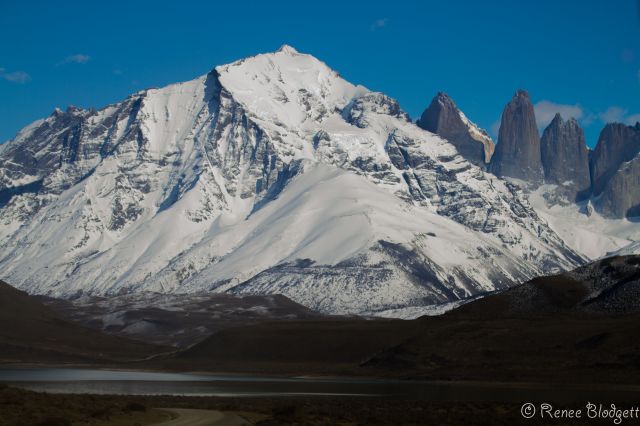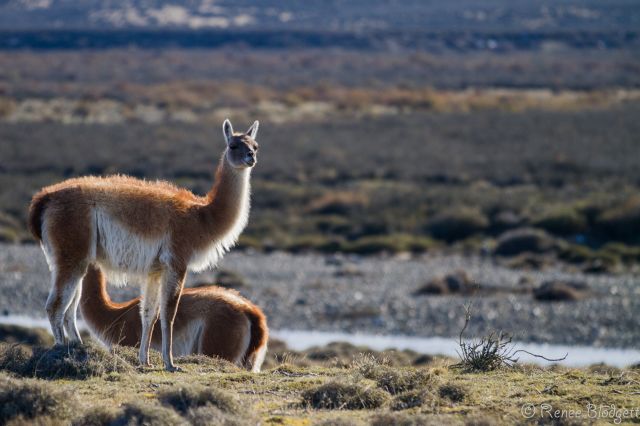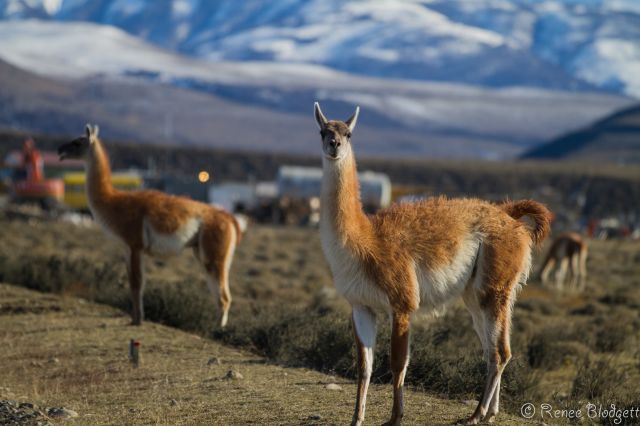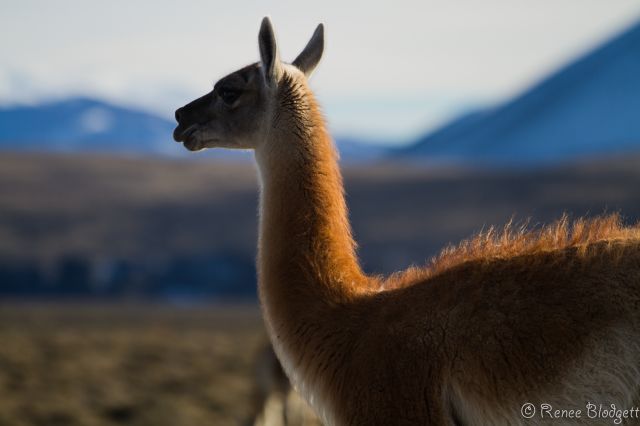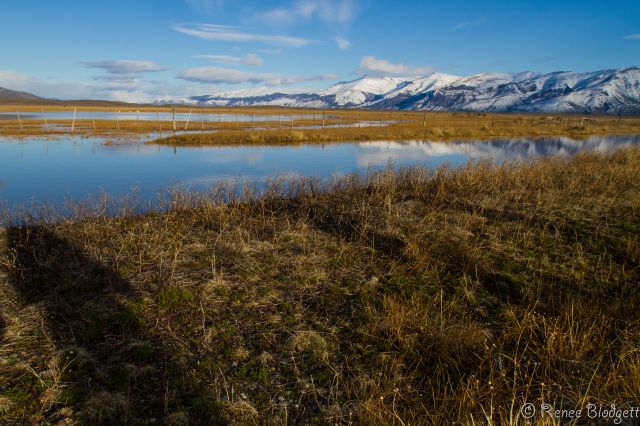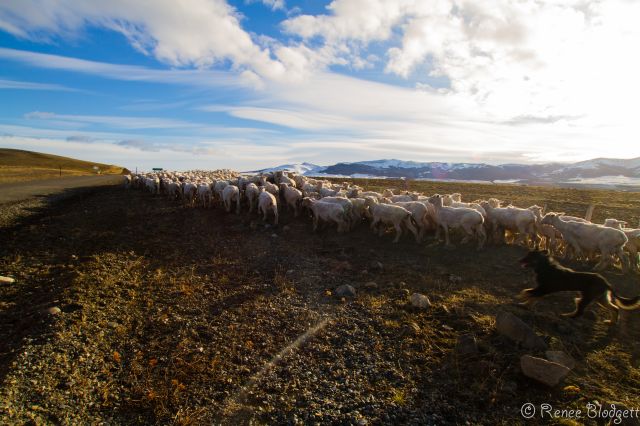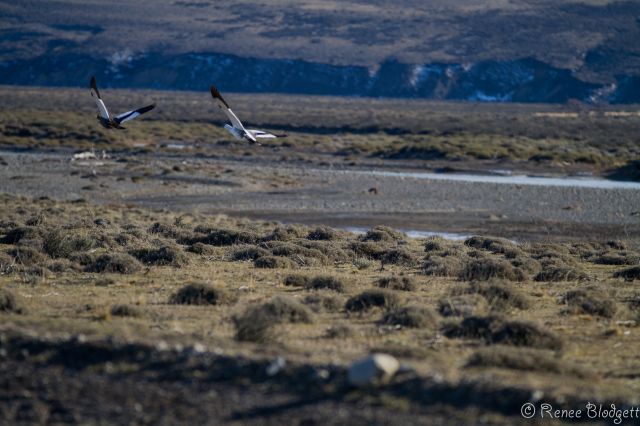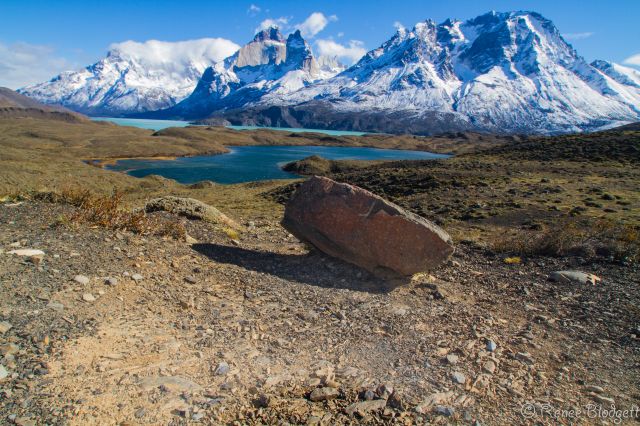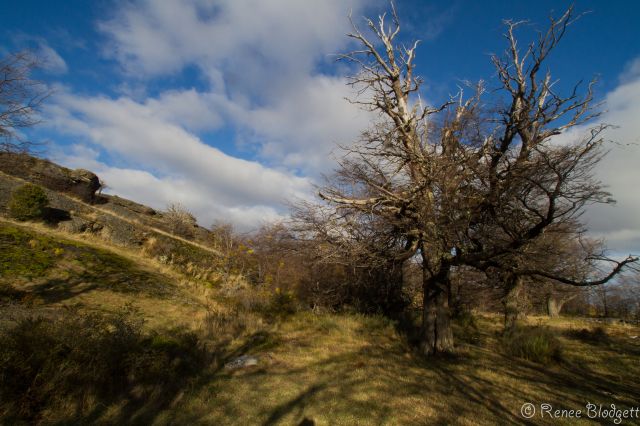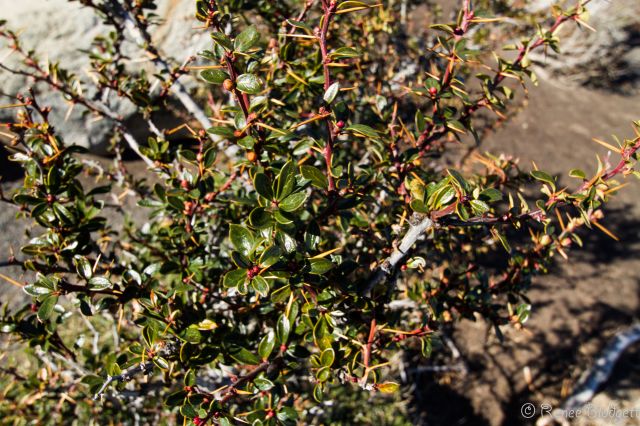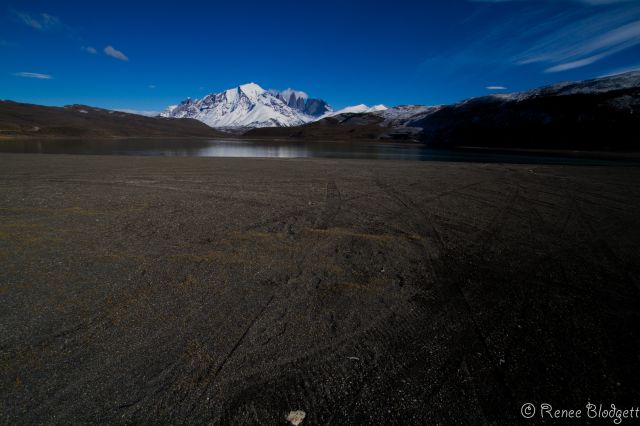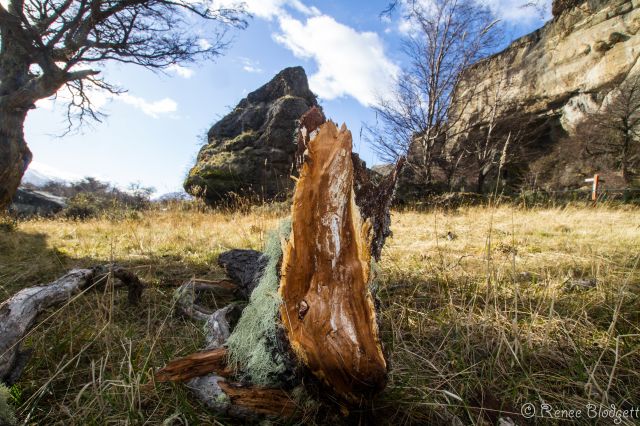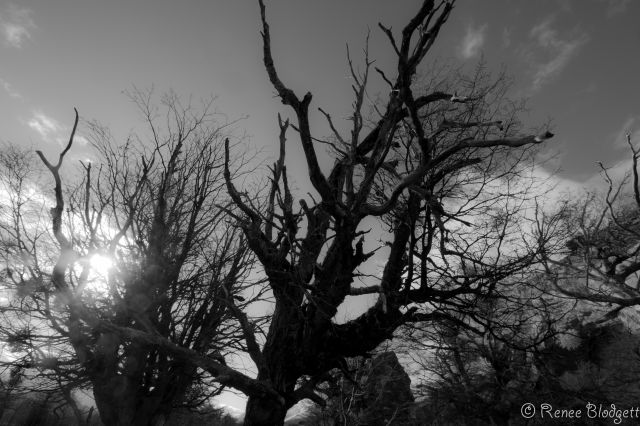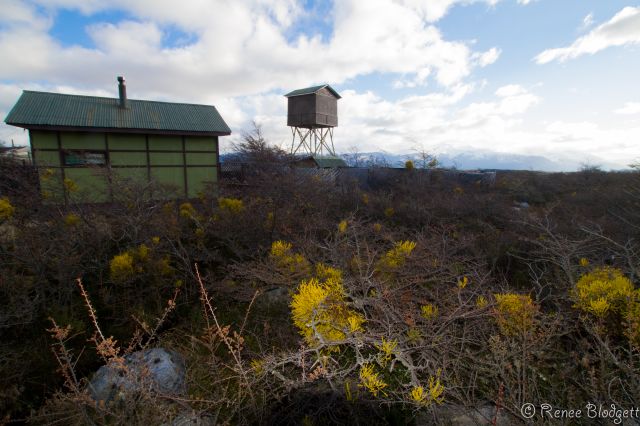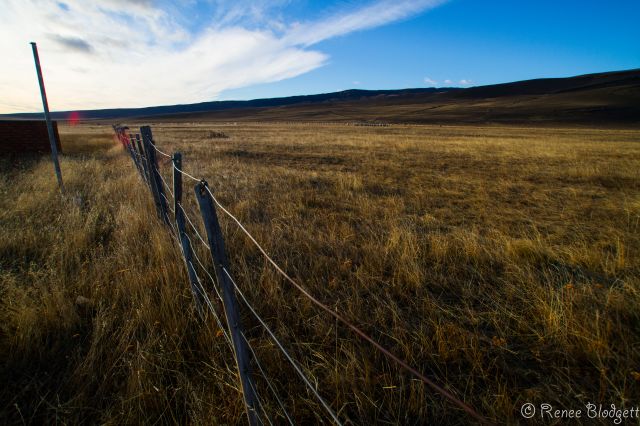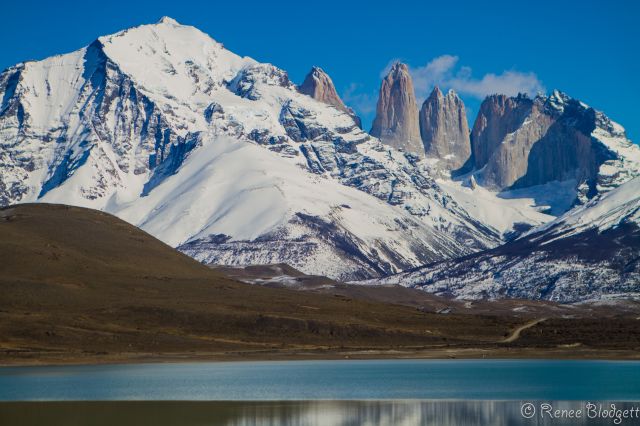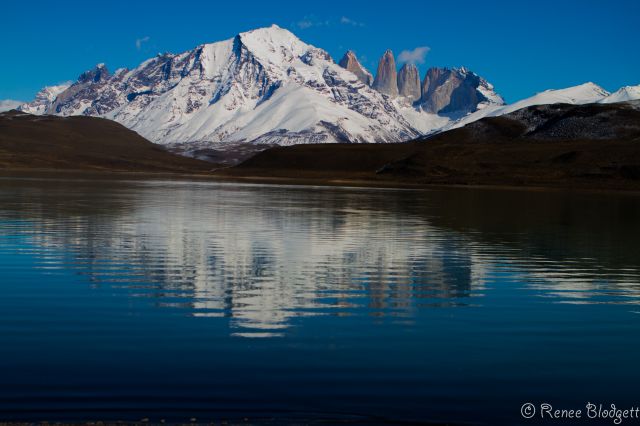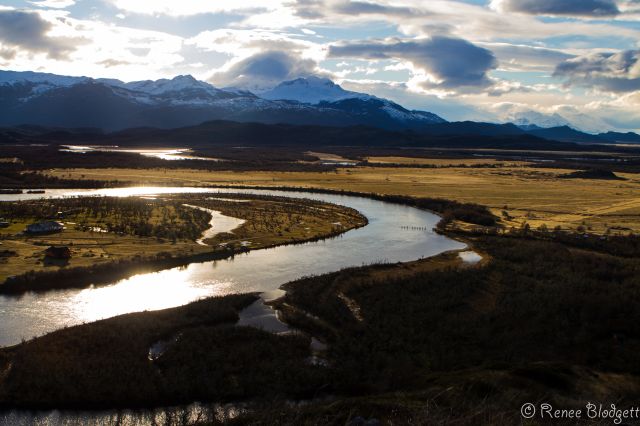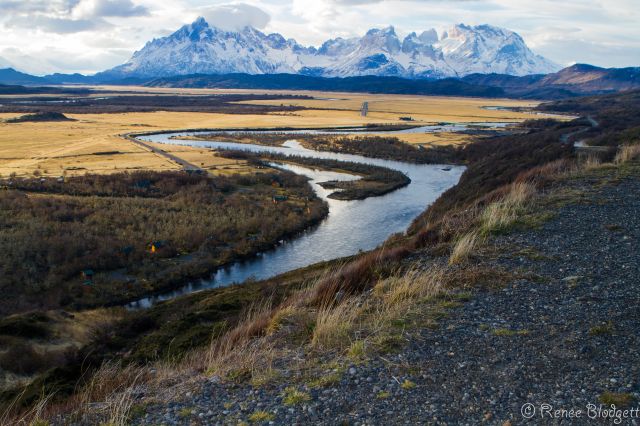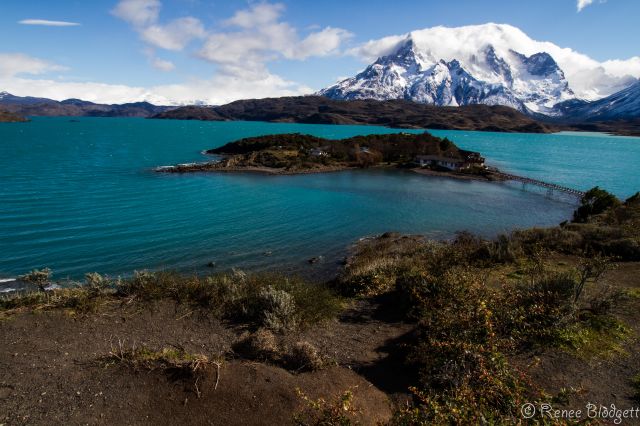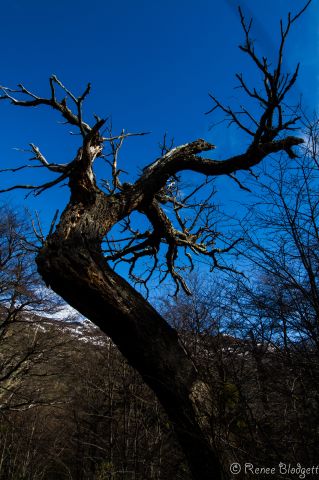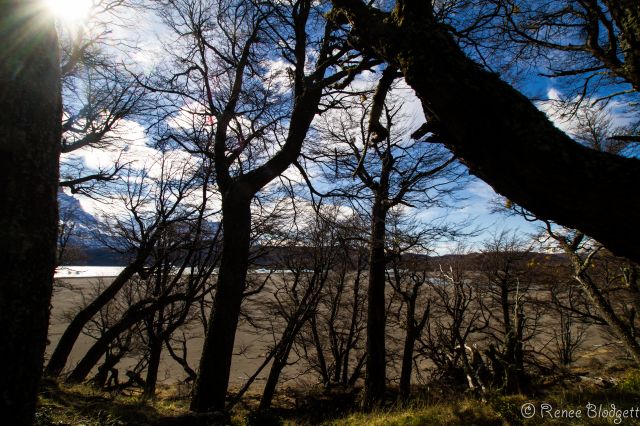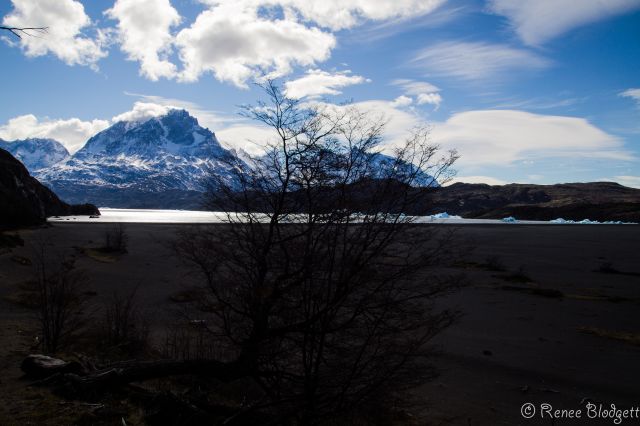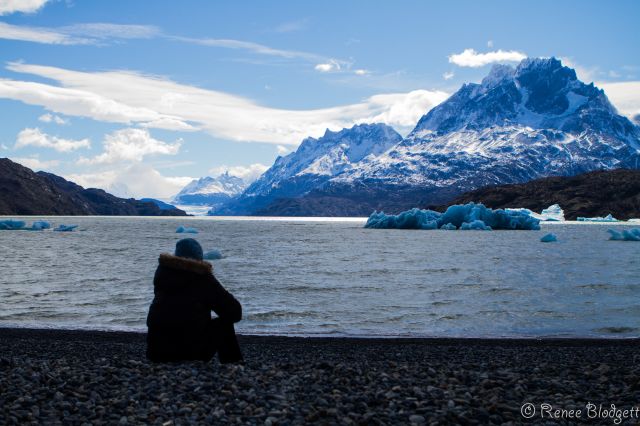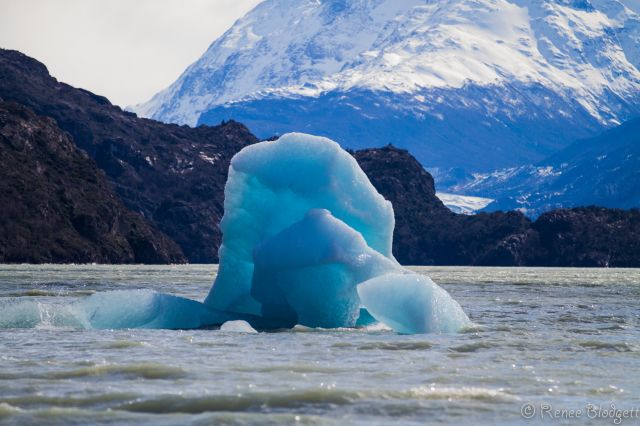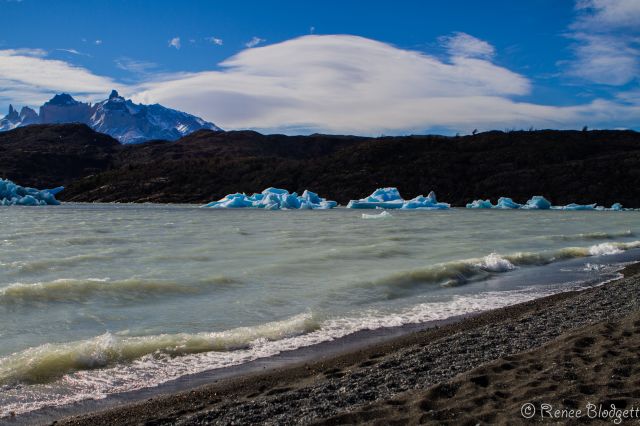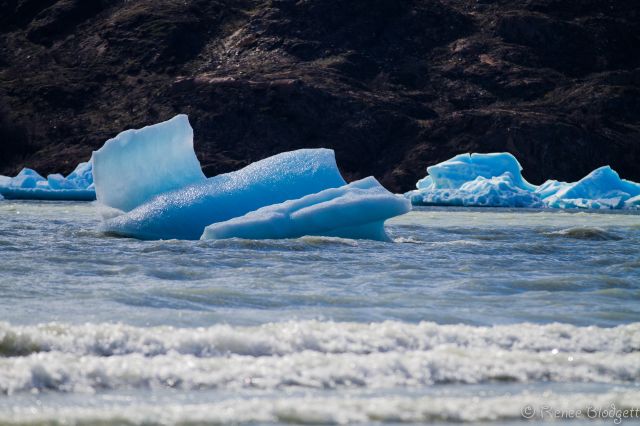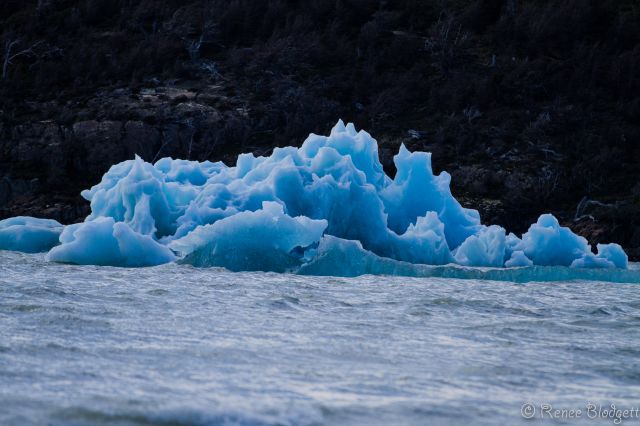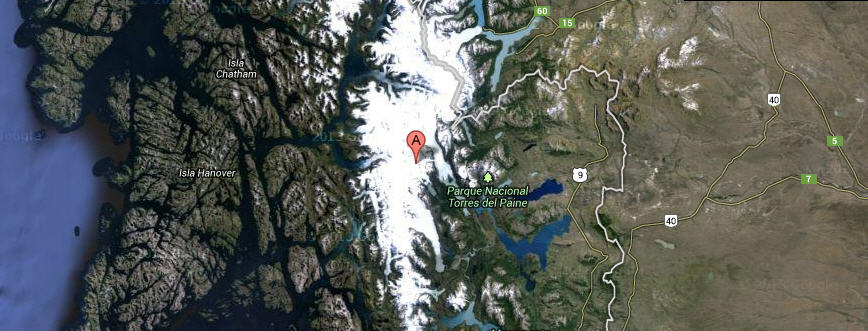Enter into the world of Chile’s Torres Del Paine National Park. Created in 1959, the park covers 227,000 hectares and contains some of the most diverse wildlife, scenery, vegetation, and fauna in the country. The Paine massif is the main attraction, a mountain system independent in a special way, of Patagonia’s Andes Mountain Range.
For over 12 million years, it has been molded by glaciers. In its highest part, it is made up of sedimentary rock and granite at its base. It is most known for these three marvelous and stunning peaks, the “torres”, of which exude stunning views, often hard to see because of fog and clouds. Luckily the stars were aligned when I was passing through however as her peaks were crystal clear and ever so inviting.
The ‘Torres del Paine’ three granite towers are to the east of the Paine Massif (Macizo Paine) in the centre of the national park. The highest summit of the range is Cerro Paine Grande. The best-known and most spectacular summits are the three Towers of Paine, gigantic monoliths shaped by the forces of glacial ice. The South Tower of Paine (about 2,500 m) is now thought to be the highest of the three, although this has not been definitely established. The Central Tower of Paine stands at about 2,460 m and the North Tower of Paine stands at about 2,260 m. The third main feature of the Paine massif, in between, is Los Cuernos (‘the horns’) which dominate the landscape.
The best views of the Torres themselves are from the top of Valle Ascensio, and to experience Los Cuernos fully, you can trek the Valle Frances, and stop-over at either Camping Los Cuernos or Refugio Los Cuernos to break it up.
The Park has different micro-climates that create an interesting biodiversity, with pre-Andean shrubs, deciduous forest, steppes and Andean desert. Several native species such as pumas, huemules, foxes, condors, flamingos, swans, nandu and guanacos can be seen. The guanaco (similar looking to llamas) is a camelid native to South America that stands between 1 and 1.2 metres at the shoulder and weighs about 90 kg. The colour varies very little, ranging from a light brown to dark cinnamon and shading to white underneath. We came across quite a few of them as we entered the park. I was able to get fairly close on more than one occasion – they are nothing short of adorable!
There’s so much more to the park than guanacos of course but they are one of the most common mammals found in the park. Other mammals include foxes and pumas and it is also home to the endangered Chilean Huemul. The natural diversity shows up in abundant sizes, colors and shapes. Its rugged landscape of rocky mountains, open grasslands and forests crisscrossed by fjords and rivers is breathtaking at every turn.
A sheep herder with his dog brings pregnant sheep to a new location where they would have their babies within a month’s time.
There is a variety of birdlife, including 118 separate species. To see a Chilean Blue Eagle wheeling around the peaks in search of prey is an experience that will take your breath away but you’re more likely to see finches, owls, woodpeckers and one of the most common birds in the region, the Darwin’s Rhea. They’re easy to identify since they stand about a meter tall and look like a feathery egg on legs. Also known as the lesser rhea, the bird was recognized as a new species by Charles Darwin, whilst he was in the middle of eating one!
There’s also the Chilean Flicker, which is a kind of woodpecker, also incredibly popular and common in Chile. You’ll know you’re looking at a Chilean Flicker by its striking plumage, which is made up of wavy bars of dark brown and yellow on its back, whilst its chest is barred with dark brown and white. I also spotted a number of Andean condors, which aside from their beauty and grace, have earned the impressive title of having the longest wingspan of any land bird anywhere.
The park contains breeding populations of 15 bird of prey species and two others are likely reproducing here in total and in addition to the others I mentioned, there are rarer birds such as the Black-chested Buzzard-eagle,Rufous-tailed Hawk, Cinereous Harrier, Chimango Caracara, Magellanic Horned Owl, Austral Pygmy-owl and those you see more often like the Black-necked Swan, the Flamingo and the Magellan Goose.
Amidst the birdlife and other incredible vegetation, the landscapes on the horizon always show the stunning peaks, a reminder that you’re in the Andes and a long way from home. There are also 25 species that live in the park, including ostrich, tilefish, cougar, skunk, red fox, reptiles, amphibians and other fish. In terms of flora, there are 274 species of plants classified in Patagonian steppe, Pre-Andean shrubland, Magellanic forest (beech predominates) and Andean desert.
The spiky trees are also in abundance as is calafate.
Calafate.
From a walk inside the park.
On our way out of the park.
The views don’t get much better than this!
Beyond the trees is Grey Lake where we walked to, where at its far right edge, you can see glaciers (scroll down). In the park, glaciers include the Dickson, the Grey, and the Tyndall.
In addition to Grey Lake, there is Dickson Lake, Nordenskjöld Lake, Pehoe Lake, Del Toro Lake and Sarmiento Lake, which is a very “blue lake,” and was named after an Argentinian president. Later, it was renamed after a Spanish explorer from the 1600’s. The main river flowing through the park is Paine River and most of the rivers and lakes of the park drain into Última Esperanza Sound via Serrano River.
Getting There:
We came in by ship, one which embarked in Punta Arenas (see my extensive write up on this port town) and dropped us off in Puerto Natales, the nearest town to park and yet it is still a 2-3 hour drive away. There are several regular and reliable bus companies and if you go with a small guided group, transfers from Puerto Natales are always included.
There are plenty of hotels to choose from in Puerto Natales and a handful of resorts/hotels in the park itself. I stayed at the Hotel Costaustralis (see our write up) but for other recommended places and to check for availability and prices for your dates refer to this useful list of hotels in Puerto Natales. While many people do cruises or go via boat from Punta Arenas to Puerto Natales, you can also fly into Punta Arenas and then travel north to Puerto Natales (about 3 hours) which is how we returned to Punta Arenas to catch our flights back to Santiago.
If your travel plans have you in Argentina before your trip to Torres del Paine then you’ll probably be coming in from El Calafate. There are several options for tours and travel from El Calafate to Torres del Paine. Below is a wider view to give you an idea of where you are from an aerial view.
For more posts on Chile, check out Chile Travel. Best of Chile / Best of Patagonia. Photos by Renee Blodgett.

Renee Blodgett is the founder of We Blog the World. The site combines the magic of an online culture and travel magazine with a global blog network and has contributors from every continent in the world. Having lived in 10 countries and explored over 90, she is an avid traveler, and a lover, observer and participant in cultural diversity. She is also the founder of the Magdalene Collection, a jewelry line dedicated to women’s unsung voices and stories, and the award-winning author of the bestselling book Magdalene’s Journey
She is founder of Blue Soul Media and co-founder of Blue Soul Earth as well as the producer and host of the award-winning Blue Soul CHATS podcast, that bridges science, technology and spirituality. Renee also founded Magic Sauce Media, a new media services consultancy focused on viral marketing, social media, branding, events and PR. For over 20 years, she has helped companies from 12 countries get traction in the market. Known for her global and organic approach to product and corporate launches, Renee practices what she pitches and as an active user of social media, she helps clients navigate digital waters from around the world. Renee has been blogging for over 16 years and regularly writes on her personal blog Down the Avenue, Huffington Post, BlogHer, We Blog the World and other sites. She was ranked #12 Social Media Influencer by Forbes Magazine and is listed as a new media influencer and game changer on various sites and books on the new media revolution. In 2013, she was listed as the 6th most influential woman in social media by Forbes Magazine on a Top 20 List.
Her passion for art, storytelling and photography led to the launch of Magic Sauce Photography, which is a visual extension of her writing, the result of which has led to producing six photo books: Galapagos Islands, London, South Africa, Rome, Urbanization and Ecuador.
Renee is also the co-founder of Traveling Geeks, an initiative that brings entrepreneurs, thought leaders, bloggers, creators, curators and influencers to other countries to share and learn from peers, governments, corporations, and the general public in order to educate, share, evaluate, and promote innovative technologies.

